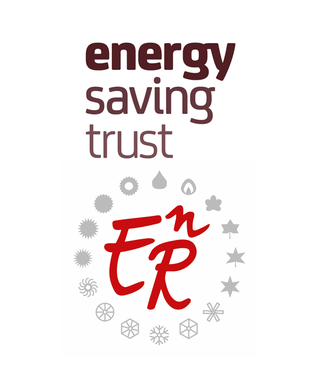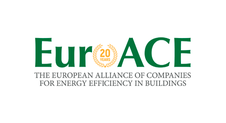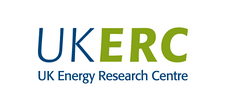Search eceee proceedings
Auctioning revenues to foster energy efficiency: status quo and future potential within the European emissions trading system
Panel: 2. What's next in energy policy?
This is a peer-reviewed paper.
Authors:
Catharina Wiese, Technical University of Denmark, Denmark
Jan Rosenow, Regulatory Assistance Project
Richard Cowart, Regulatory Assistance Project
Abstract
Auctioning revenues in the European Union’s Emissions Trading System (EU ETS) are likely to increase in the future. This projection is driven by recent changes within the system’s framework, addressing the current surplus of emission allowances and reducing the overall cap. More specifically, the Market Stability Reserve starts operating in 2019 and the linear reduction factor increases from 1.74 percent to 2.2 percent annually from 2021, increasing scarcity and allowance prices. Considering the growing amount of auctioning revenues projected, it becomes ever more important to assess the use of these revenues and their potential contribution to accelerate decarbonisation efforts.
While there are various opportunities to invest auctioning revenues to drive emission reductions, we argue that strategic investments in energy efficiency programmes provide opportunities for realising multiple dividends: additional emission reductions from both ETS and non-ETS sectors, lower economic and societal decarbonisation costs, and support for the political process to further tighten the ETS cap.
Our assessment of the status of auctioning revenue use at EU Member State level shows that Member States have made only limited use of these multiple dividends in recent years. In 2017, no more than 22.4 percent of total revenues have been strategically invested in energy efficiency programmes, as Member States have officially reported to the European Environment Agency’s reporting obligations database.
However, evidence from efficiency programmes funded by auctioning revenues in Ireland, Germany and Czech Republic illustrate that these programmes deliver energy savings and emission reductions, cost savings to consumers, tax revenue to the national budgets, employment and economic growth.
We conclude that the EU carbon price can provide important signals to investors and energy users, but auctioning revenues can also be a powerful tool in the energy transition and the strategic use of revenues needs to be accelerated in all Member States.
Downloads
Download this paper as pdf: 2-168-19_Wiese.pdf
Download this presentation as pdf: 2-168-19_Wiese_Presentation.pdf
Panels of
1. The dynamics of limiting (energy) consumption
2. What's next in energy policy?
4. Monitoring and evaluation for greater impact
5. Smart and sustainable communities
7. Make buildings policies great again
8. Buildings: technologies and systems beyond energy efficiency
9. Improving energy efficiency in ICT, appliances and products

























